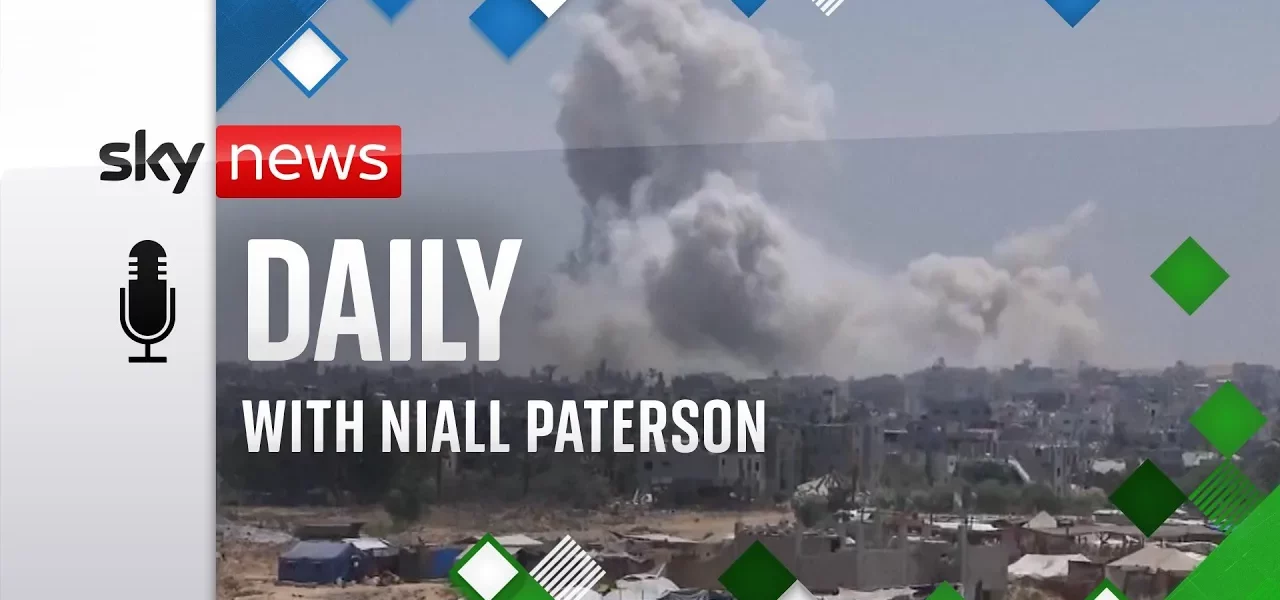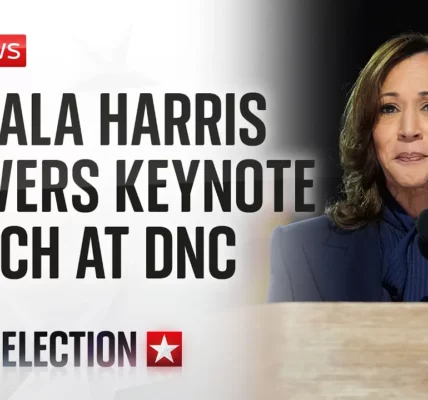Tensions Escalate in the Middle East: Understanding the Current Crisis

This article delves into the complex and escalating tensions in the Middle East, focusing on the implications of recent events such as the assassination of Hamas leader Ismael Haniya and the responses from key regional players like Iran and Israel, alongside the role of the United States in diplomatic efforts.
Introduction
The Middle East has long been a region of geopolitical tension, with conflicts arising from a complex interplay of historical grievances, political aspirations, and military actions. The recent assassination of Ismael Haniya, a prominent Hamas leader, has intensified existing tensions, suggesting that the potential for conflict in the region is greater than ever. This article explores the background of these tensions, the key players involved, and the international responses aimed at de-escalating the situation.
Background of the Crisis
Understanding the current crisis requires a look at the historical context of the Israeli-Palestinian conflict, the rise of Hamas, and Iran’s role in regional politics.
The Israeli-Palestinian Conflict
The Israeli-Palestinian conflict has deep roots, with both sides holding historical claims to the land. The ongoing disputes have led to multiple wars, uprisings, and peace talks over the decades. Key events such as the Six-Day War and various intifadas have shaped the current landscape.
Hamas: Rise and Role
Founded in 1987, Hamas emerged as a significant political and military force in Palestinian territories. Its charter initially called for the destruction of Israel, complicating peace efforts. Over the years, it has engaged in numerous violent confrontations with Israel, leading to widespread casualties and humanitarian crises.
The Assassination of Ismael Haniya
The assassination of Ismael Haniya on October 7, 2023, marked a pivotal moment in the ongoing conflict. Targeted by an explosive device, Haniya’s death has triggered a wave of retaliatory threats from Iran and Hezbollah.
Immediate Reactions
In the wake of Haniya’s assassination, both Iran and Hezbollah pledged retaliation. This response highlights the fragile balance of power in the region, where actions by one side often provoke swift reactions from the other.
Implications for Regional Stability
The assassination has the potential to destabilize an already volatile situation. Key implications include:
- Increased military presence from Iran and Hezbollah along Israeli borders.
- Heightened fears of a broader regional conflict.
- The potential for retaliatory strikes against Israeli targets.
International Responses
The global reaction to the escalating tensions has been marked by diplomatic efforts and military posturing, particularly from the United States.
US Military Presence
In response to the growing tensions, the United States has significantly increased its military presence in the region. This includes:
- Deployment of a carrier group to the Eastern Mediterranean.
- Positioning of submarines equipped with Tomahawk cruise missiles.
- Conducting military drills to showcase readiness.
This military buildup serves as a deterrent against potential Iranian aggression and signals US commitment to its allies in the region.
Diplomatic Efforts
Amidst military maneuvers, diplomatic channels remain active. Key diplomatic efforts include:
- Secretary of State Antony Blinken’s ongoing talks with regional leaders.
- European leaders calling for restraint from Iran and Hezbollah.
- Efforts to facilitate ceasefire negotiations between Israel and Hamas.
However, the effectiveness of these diplomatic efforts remains in question as tensions escalate.
The Road Ahead: Possibilities for De-Escalation
As the situation continues to evolve, the potential for de-escalation exists, though it is fraught with challenges.
Ceasefire Negotiations
There are indications that both Hamas and Israel may be willing to engage in ceasefire talks. Factors influencing this include:
- International pressure on both sides to avoid further escalation.
- Internal pressures within Hamas to stabilize their command structure.
- Potential political gains for Netanyahu by negotiating a ceasefire.
The Role of External Powers
The influence of external powers like the US, Russia, and China could play a crucial role in shaping the outcomes of the ongoing crisis. Their involvement may help foster dialogue or, conversely, exacerbate tensions depending on their strategic interests.
Conclusion
The assassination of Ismael Haniya has intensified an already precarious situation in the Middle East. With threats of retaliation from Iran and Hezbollah, coupled with a significant US military presence, the stakes are high. However, the potential for diplomatic solutions remains, although it is overshadowed by the complexities of regional politics. As the situation develops, continued analysis and engagement will be essential to avert a larger conflict.
For more insights into the ongoing conflicts in the Middle East, visit our related articles on the Middle East peace process and Iran-US relations.
“`




